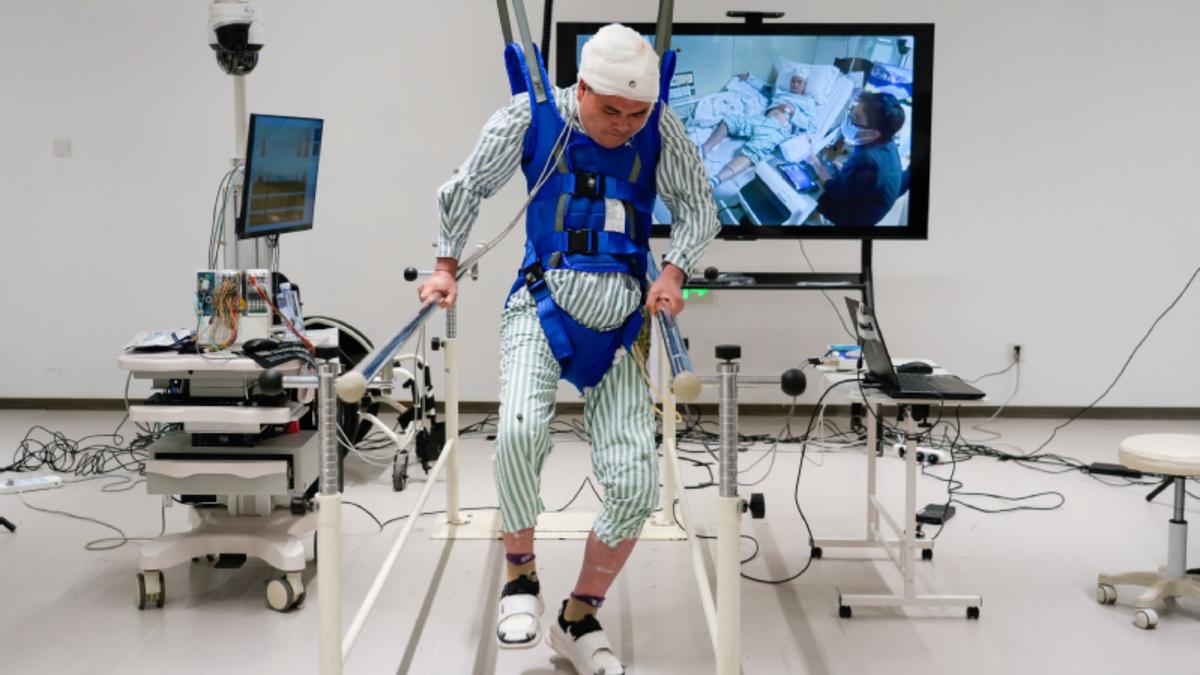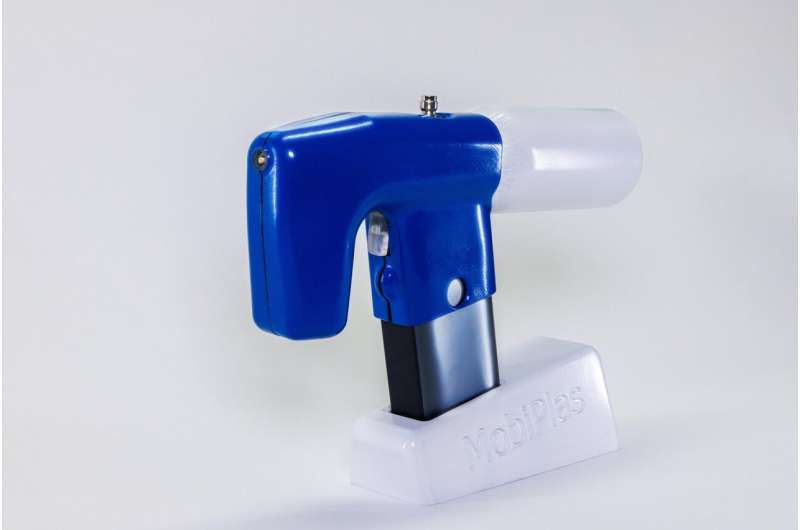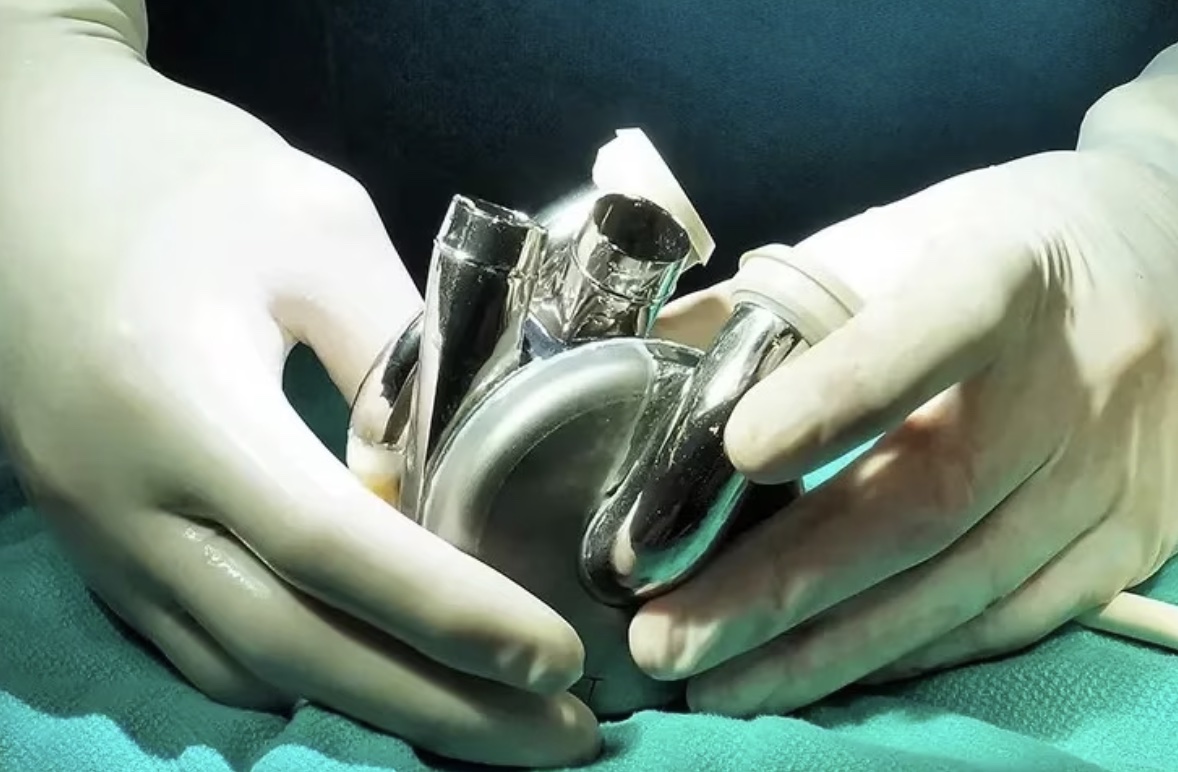Researchers have developed an innovative injectable therapy that could transform how heart attacks are treated and potentially prevent patients from developing heart failure. Administered intravenously shortly after a heart attack, the treatment helps the heart heal by activating the body’s immune system to support tissue repair and protect heart muscle cells from further damage. Remarkably, the therapy remained effective even when administered up to five weeks after the heart attack in preclinical trials.
The study, published in the April 25 issue of Advanced Materials, was conducted by a team of bioengineers from the University of California San Diego and chemists from Northwestern University. Their approach directly addresses a major clinical challenge: how to intervene early to stop the progression from heart attack to heart failure. According to Karen Christman, one of the study’s senior authors and a professor at UC San Diego, preventing heart failure remains a critical unmet medical need. She emphasized that this therapy is designed to fill that gap by acting as soon as possible after a heart attack to protect and preserve heart function.
Continue reading… “New Injectable Therapy Shows Promise in Preventing Heart Failure After Heart Attack”












